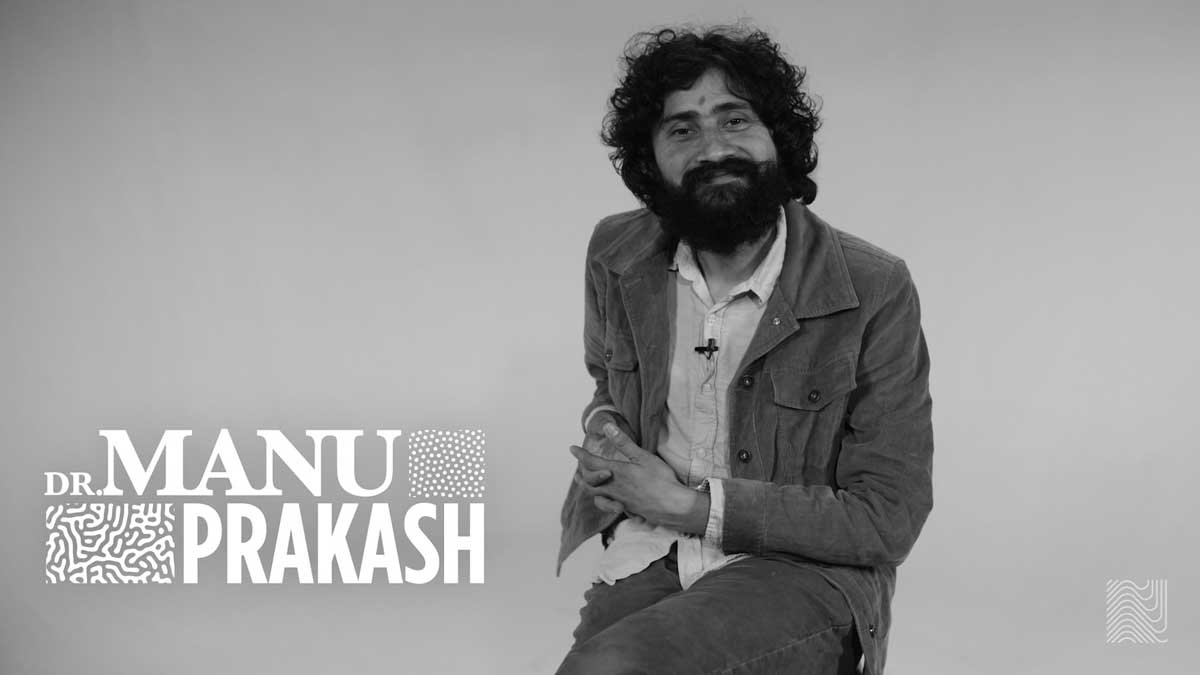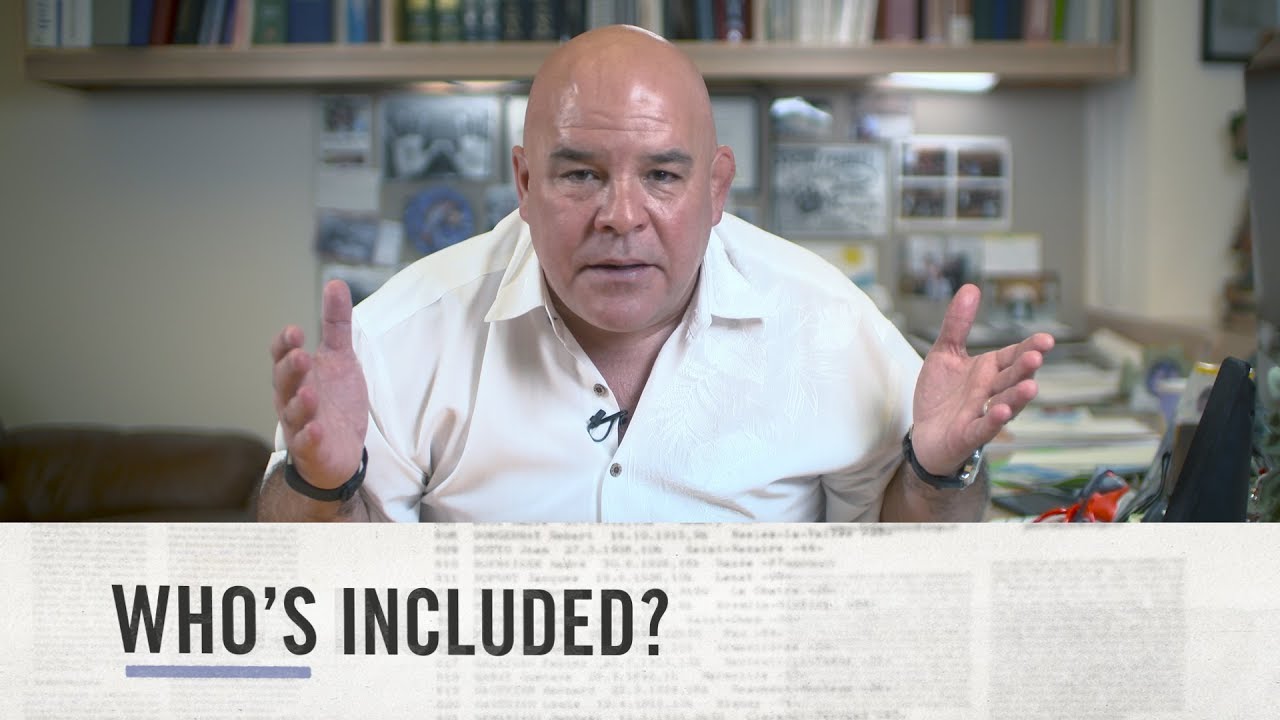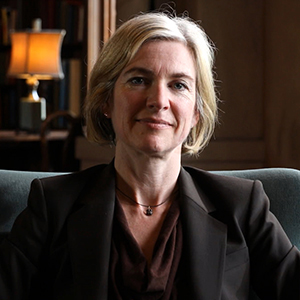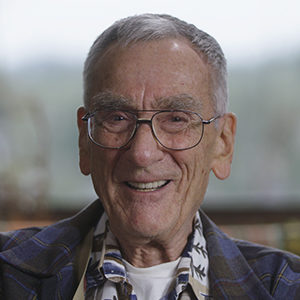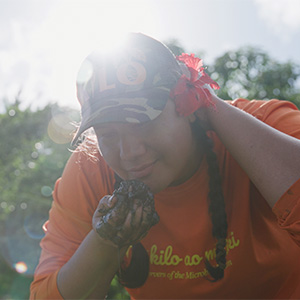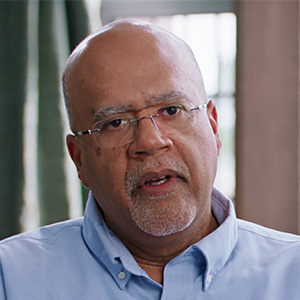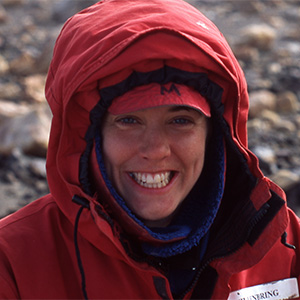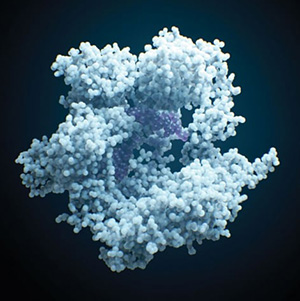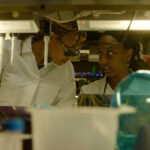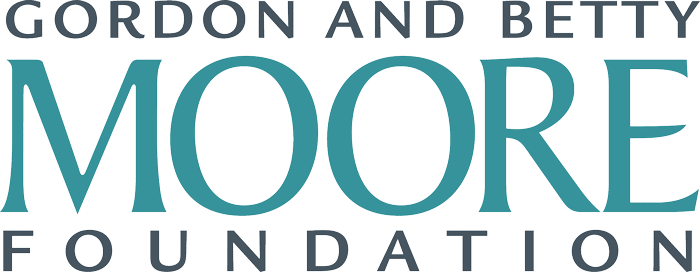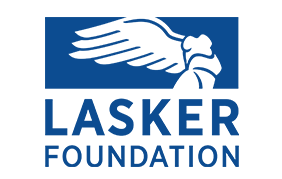Speaker: Please put your hands together for Dr. Rebecca Calisi Rodriguez.
Rebecca Calisi Rodríguez, Ph.D.: Hello, good morning! Or is it afternoon already? Well, hello, just the same. Today, we march for science, but I also stand up here today to remind you that, in order to support science, we must support the diverse needs of the people doing the science. We love to make these boxes, right? We love to make these boxes. You are an underrepresented minority, you are a woman, you are a this, that, and the other, and I feel like I intersect a lot of these categories.
From a very young age, I was always interested in animals. My family had a cattle ranch, Las Gladiolas Ranch. It’s on the Texas-Mexico border. I spent a lot of my time growing up on this ranch, running around with my cousins and getting into trouble. My mother is Mexican-American and she’s from the Texas-Mexico border. My father is Italian-American and he’s from New York and from an early age, they noticed that I was really into art and I went to college to be an artist.
When I graduated from college, that was when the Dallas Zoo commissioned me to paint a huge mural in their Wilds of Africa schoolhouse education center. At that time, the Dallas Zoo was one of the top breeders of okapi. They had stopped breeding and they didn’t know why. How they were going to find this out is by measuring a metabolite of a hormone in their urine called cortisol and they said, “do you wanna participate in this project?” I said, “oh my gosh, of course!”
I sat in the stall with this beautiful, magical creature and then, they said, every time it urinates, collect that urine. So, that was my very glamorous job, but what ended up happening is they found out that their cortisol levels were very high and they were high all the time. This was bad. This might be why they weren’t breeding. So, what they did is, they found all the things that could possibly be stressing out the okapi. Remove them, and wouldn’t you know? I think it was maybe a month or two later, the okapi started breeding again and to me, this was a huge… I like to call it my Doctor Dolittle moment, because, in a way, the okapi were talking to us. They were telling us through their hormones that they were really stressed out so we could do something about it.

When I started my master’s, a bunch of students were sent throughout Mexico to travel and find amphibians and reptiles new to science. Now, I was taught that the males are usually the bright, flashy ones. You know, like peacocks? They’re the bright, flashy ones, attracting the females, so I pointed out this lizard and I said, “look, look at these push-ups it’s doing for that drab female over there, look at how bright it is.” And one of the scientists said, “oh, no, no, no, that lizard, that’s the female.” I found out they were called Mexican boulder spiny lizards and I wanted to know what was controlling that behavior, so my master’s project focused on the hormones that were related to these bright colors and aggressive behaviors in the female lizard.
And then I said, “hmm, what am I going to do now, after my master’s, what? Should I go back to the zoo and maybe be a biologist?” Sounds exciting, but everyone at the school said, “you know, the normal thing to do is to try to go for a PhD.” I didn’t even know what that would get me or what that entailed, but I said, “okay, if it’ll make advisors happy, if it’ll make people happy, I’ll throw out some applications.”
I made it to UC Berkeley and started this program in integrative biology. All through grad school, I had really had my eye on this particular organism that I thought would be a perfect animal to help us unravel the mysteries of parental care behavior and that organism is the pigeon. The common pigeon that many of us see outside, grabbing our french fries off our plates, eating bird seed from the old lady in the park, those pigeons, and the reason why is because, just like us, are you ready for this? Mom lactates. What they do is they produce crop milk, so they have this sac behind their throat and they feed it solely to their babies for their first few days of their life. Now, it gets even cooler, because not just Mom lactates. Dad does too.
So, this is one of our aviaries. Now, pigeons have been used as models to study reproduction since the days of Darwin and recently, they’ve been gaining a lot of momentum as study subjects for genomics research, which is one of the techniques we use to study how they can reproduce. So, these are sections of the brain, in this case, the hypothalamus. This is the area we specifically investigate to understand what genes are active at certain times of parental care behaviors.
What we have found are the many genes that activate or deactivate in accordance with certain stages of parental care, but we have also discovered new genes that the field wasn’t even aware of that could potentially help to regulate parental care behaviors, but I’m not just a scientist. I’m a mother. My science influenced me to think about what was happening to my body as a parent. As a parent, this has influenced me to think about what we’re researching in science and what questions we’re trying to answer.
After I had one of my children, I was dedicated to breastfeeding because all the literature and science out there says you have to breastfeed, breast is best. I said, okay, breast is best, I’m going to breastfeed, but oh my goodness, I have this career, I have these conferences that I don’t really wanna go to, but I need to go to, so I can meet with collaborators, I can show, this is my research program, I can make myself seen and heard.
That can be very important, especially for junior researchers, so I remember going to this one conference and I thought, wow, that’s so great, they have this whole room for child care. I opened up the door and all that was in there were three pop-up curtains with one really hard, simple conference chair in each, but I thought, this is not a place that I would be able to pump milk, so I went on social media, I tagged the conference, and I said, we need better facilities than these and if we can’t support those women in those circumstances, we’re going to lose them. If we lose women, then we’re losing diversity at the table and we’re losing potential solutions and cures in our future and some people might not know why I made such a big deal out of supporting lactating women at conferences, but it’s a metaphor for how we are treated in general.

When I began my PhD program, I had a bit of a hard time because, as a Mexican-American who codes white because of my fair skin, people often accept me as the white lady over there, but (speaks in foreign language), I’m Mexican-American and my family is very proud of their culture and we have a lot of culture, we have a lot of tradition, we have a lot of ways of expressing ourselves that sometimes aren’t what you see coming from the world of science.
So, the fact that I came into a program with a background in art, as somebody who was very expressive and someone who is Mexican-American, I felt very alone. I felt very… I missed my community and that made it really hard and after my first year, I didn’t think I would stay. I thought, this is fun, this is challenging, I’m so lucky to be here in one of the best programs in the world, but I don’t know if it’s for me. So, one reason or another, I ended up staying and I’m so glad I did, because what I did is, I found my community.
We are not all the same, oh no. The image of a scientist being only an old white man with wild hair and glasses is slowly fading. Science has a new face. My name is Rebecca Calisi Rodriguez. I am an Italian-Mexican-American scientist and professor. I am an adoring mother of two amazing children who are here today. (laughs) I am an artist, a science communicator, a dancer, a journalist. I believe in the power of family and value community service. (speaks in foreign language) This, this is what a scientist looks like.

